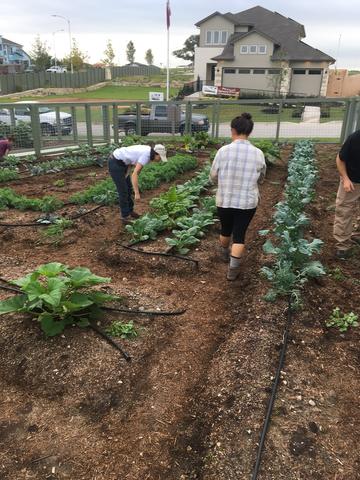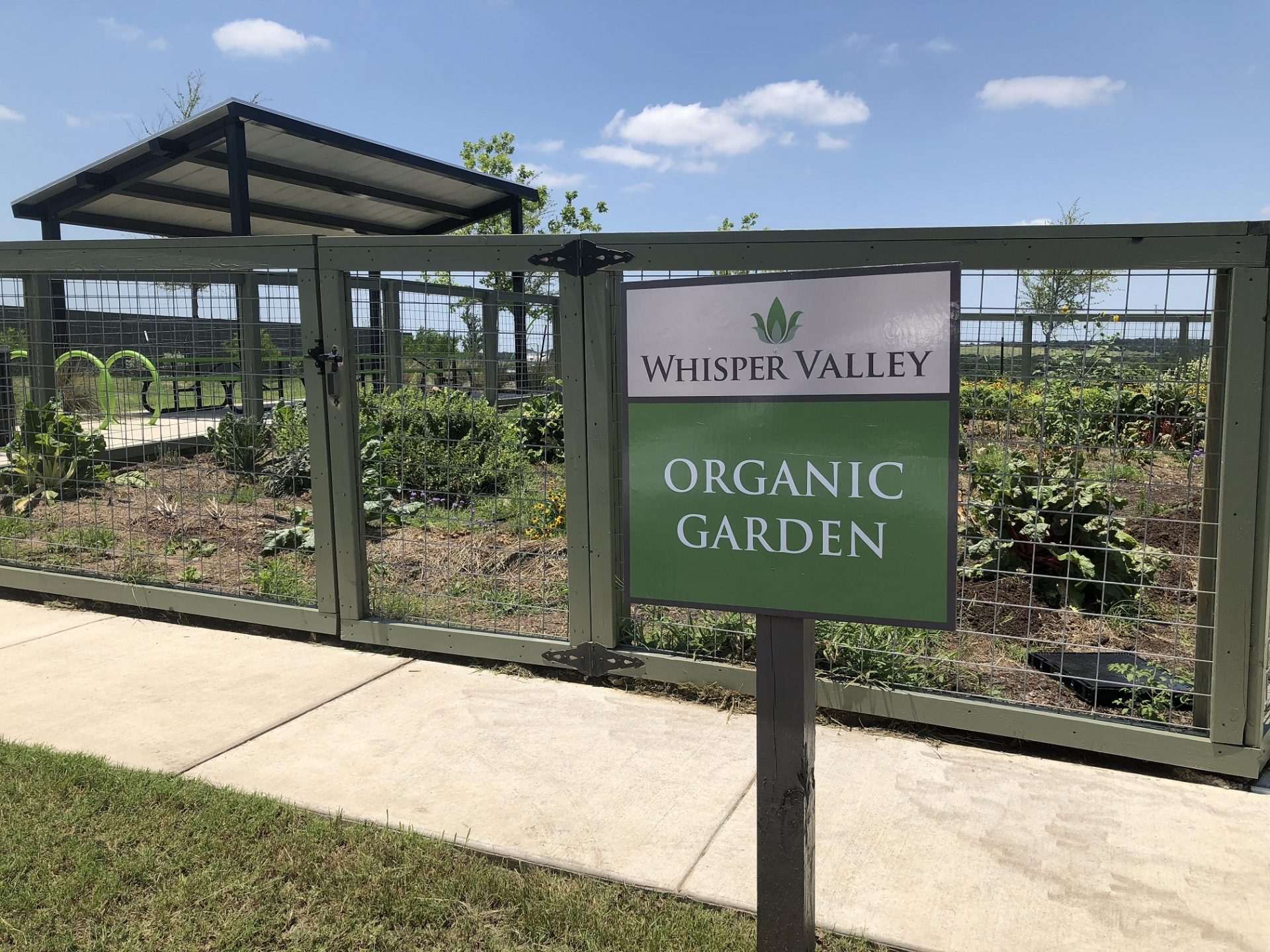By Lettuce Networks
Over the past several decades many people have turned their hearts and minds to growing food. Some call it agriculture, some gardening or farming, others say permaculture and even homesteading, but whatever the name, the goal of all these practices is the same; to grow local and produce food.
Food is something that every living organism on earth requires to grow and thrive. Next, to water and air, food is one of the essentials of life. So it makes sense that many people are truly focused and passionate about growing and understanding what goes into producing the food they eat. And with the global environmental changes we are facing as a civilization, now is more important than ever.
More often than not, big agricultural companies sacrifice nutrition for productivity, and profits over safety when using chemical fertilizers and chemical pesticides to guarantee cost-effective crops while poisoning their customers and polluting the environment. Additionally, these companies utilize unsustainable packaging like single-use plastics and non-recyclable materials, further adding to the environmental impact of the produce.
But many communities feel a different outlook should be taken on how produce is grown, transported, and consumed. Here in Texas, we are lucky to have a relatively good climate for growing a multitude of seasonal veggies, but despite that, the same produce is transported into the state daily from distant places like Mexico and California. By establishing Hyperlocal urban farms in the proximity of the community that consumes the food grown, farmers can not only cut back on gasoline usage but can also activate and inspire the local community to take charge of their food economy.

While these urban farms may not be able to supply a whole cities worth of produce, this can be overcome by utilizing the network of active farmers already growing and producing high quality food here in Texas. Eating food does not have to involve thousands of gallons of gasoline when we already have the resources available to us.
How people consume the food is another crucial aspect to consider when taking a closer look at the food economy we take part in every day. As consumers, individuals and households, we have the ability to fund and support the companies, organizations, and economies that represent a greater commitment to the values important to us. A dollar spent should be seen as a vote in favor of the actions and products these company put out. For every dollar spent with a company or organization that utilizes unsustainable packaging or environmentally unsafe practices, consumers- knowingly or not- give their support to those practices and enable them to continue to grow.
Search out groups committed to sustainable and natural practices, that give considerations not only to profits but also to the community they serve and the environment we all share. Look for local companies that operate within your community or geographical area, or that use or source local ingredients, and companies that utilize sustainable packaging or encourage reusable practices.
By growing food locally and keeping the community and environment in mind, people have an opportunity to shift their perceptions of what it means to eat, cut back on gasoline usage, and empower themselves to own their production and the future of the environment.


